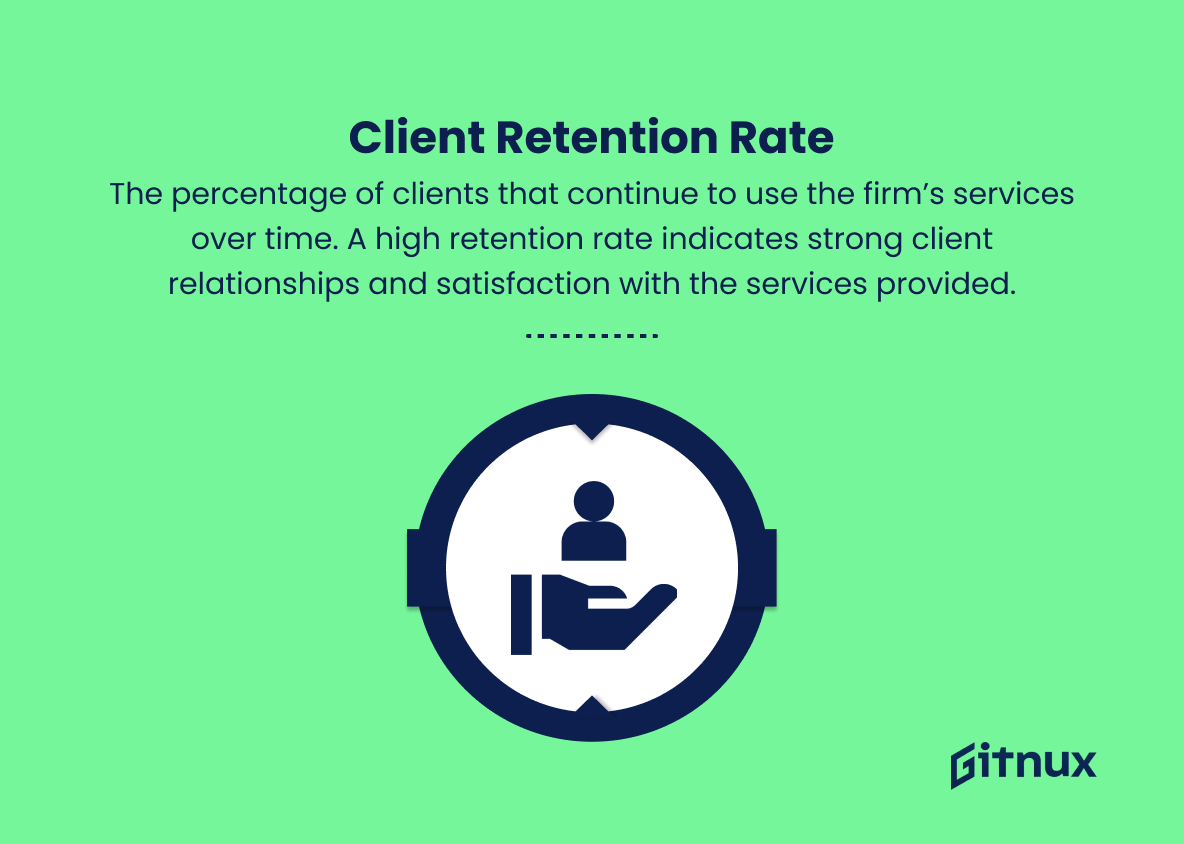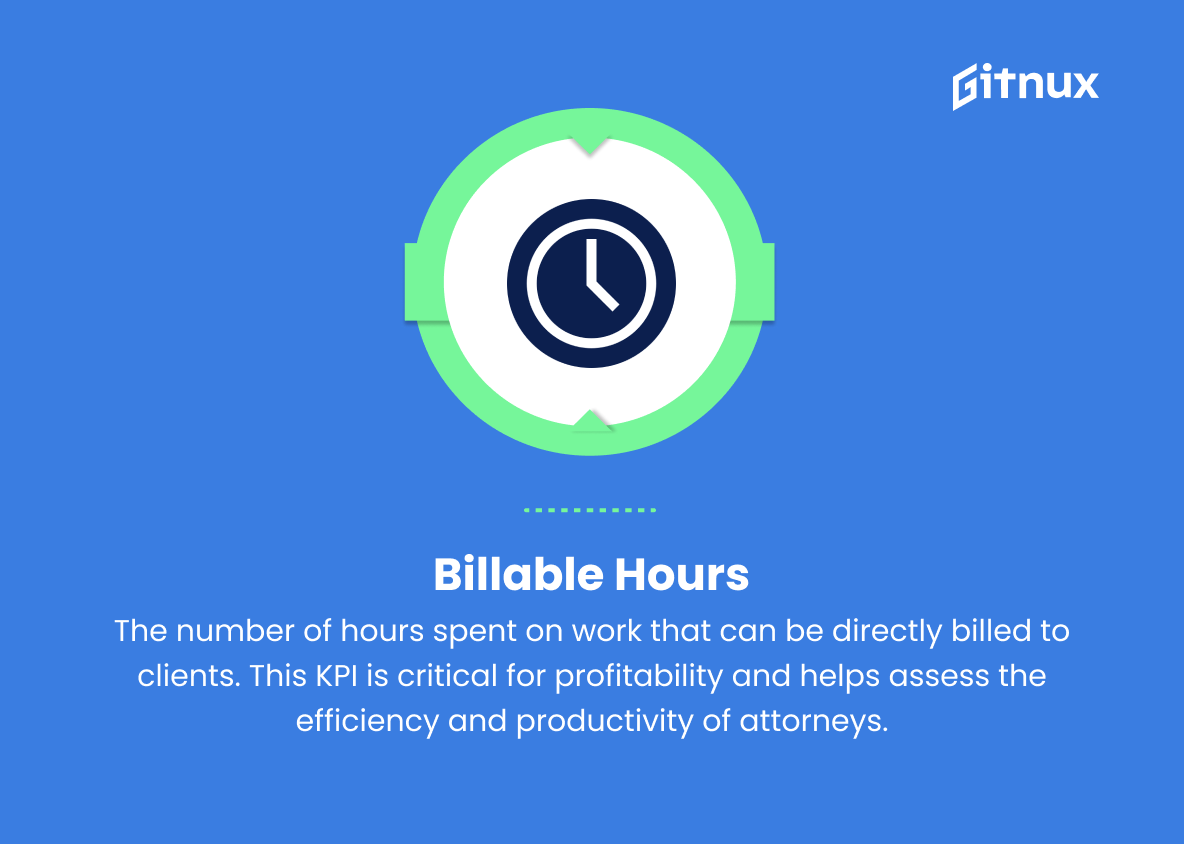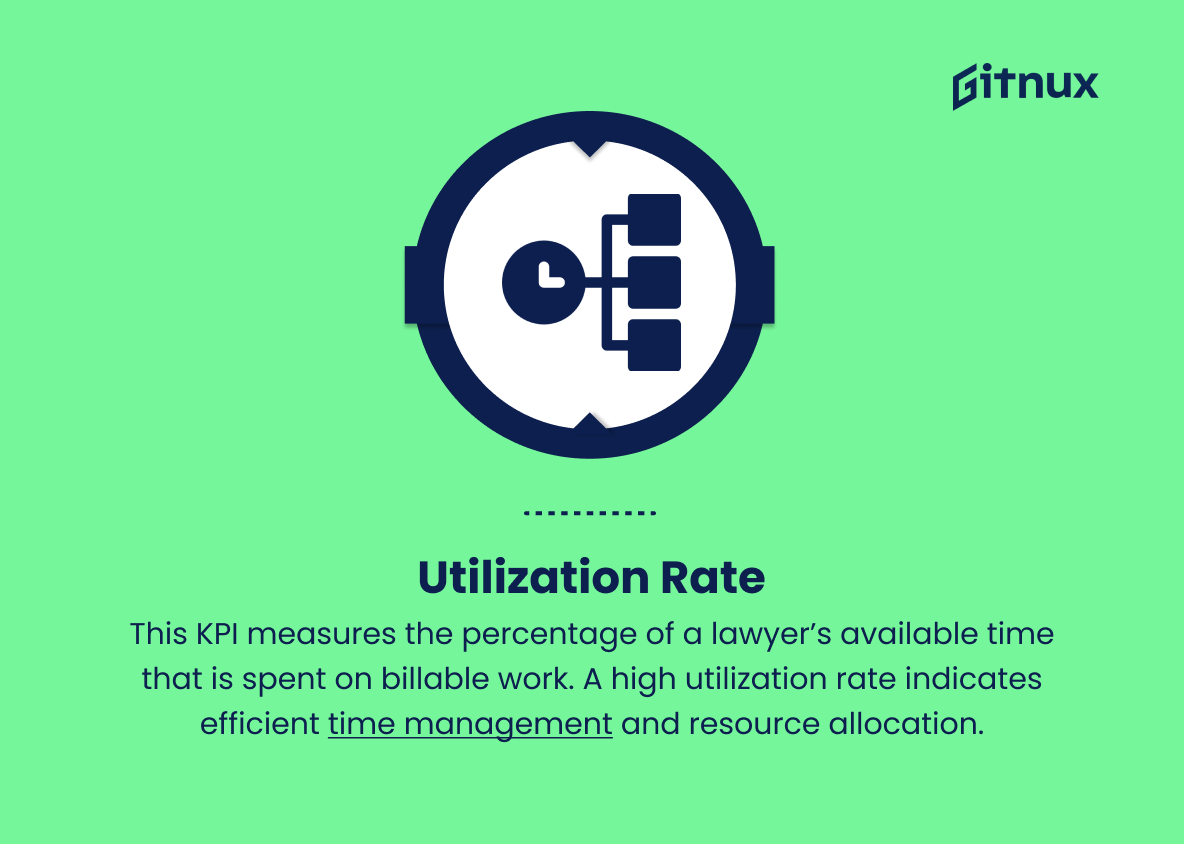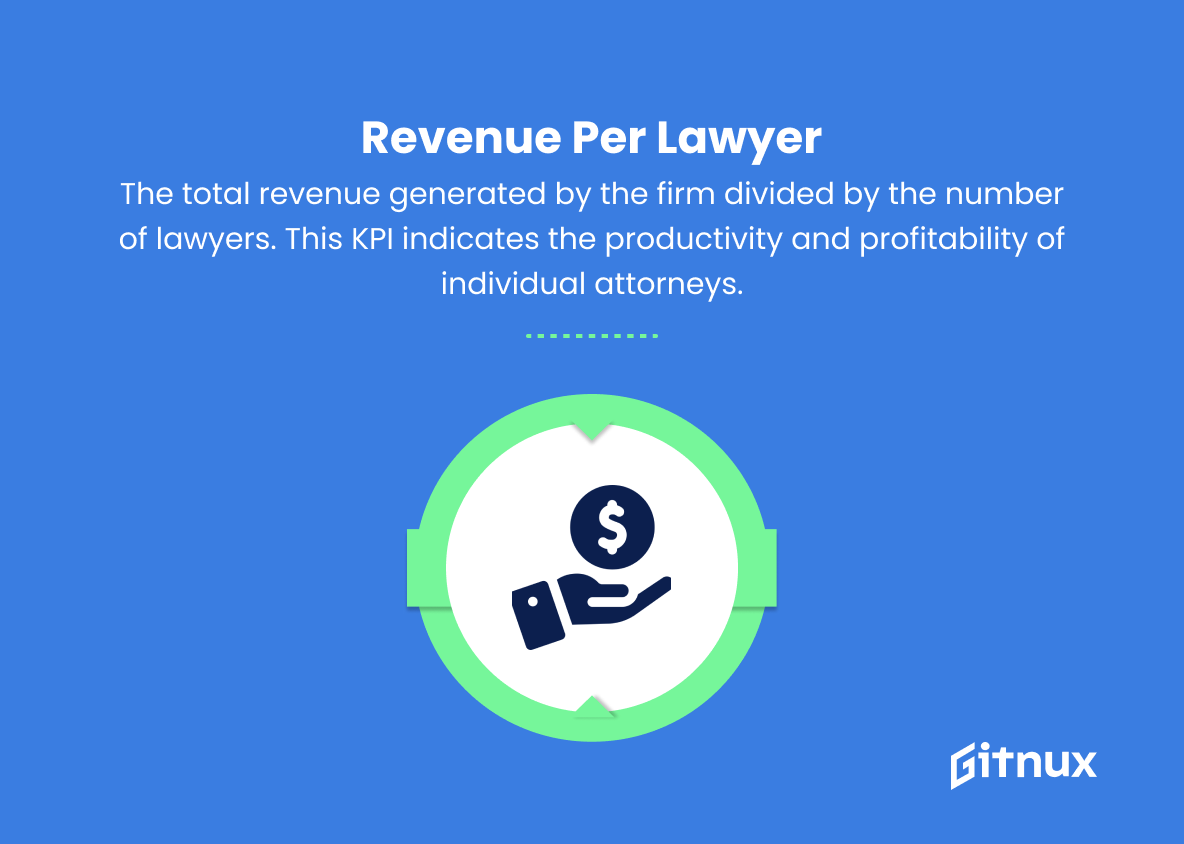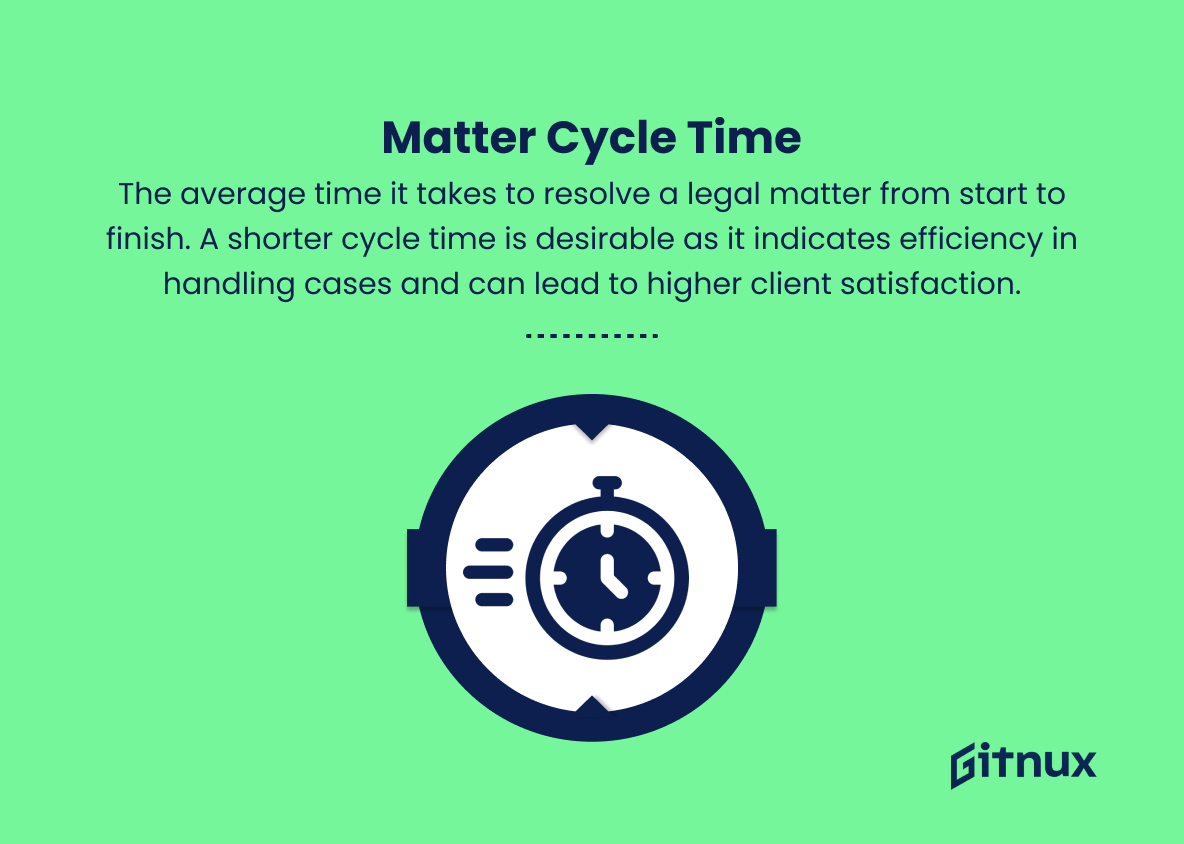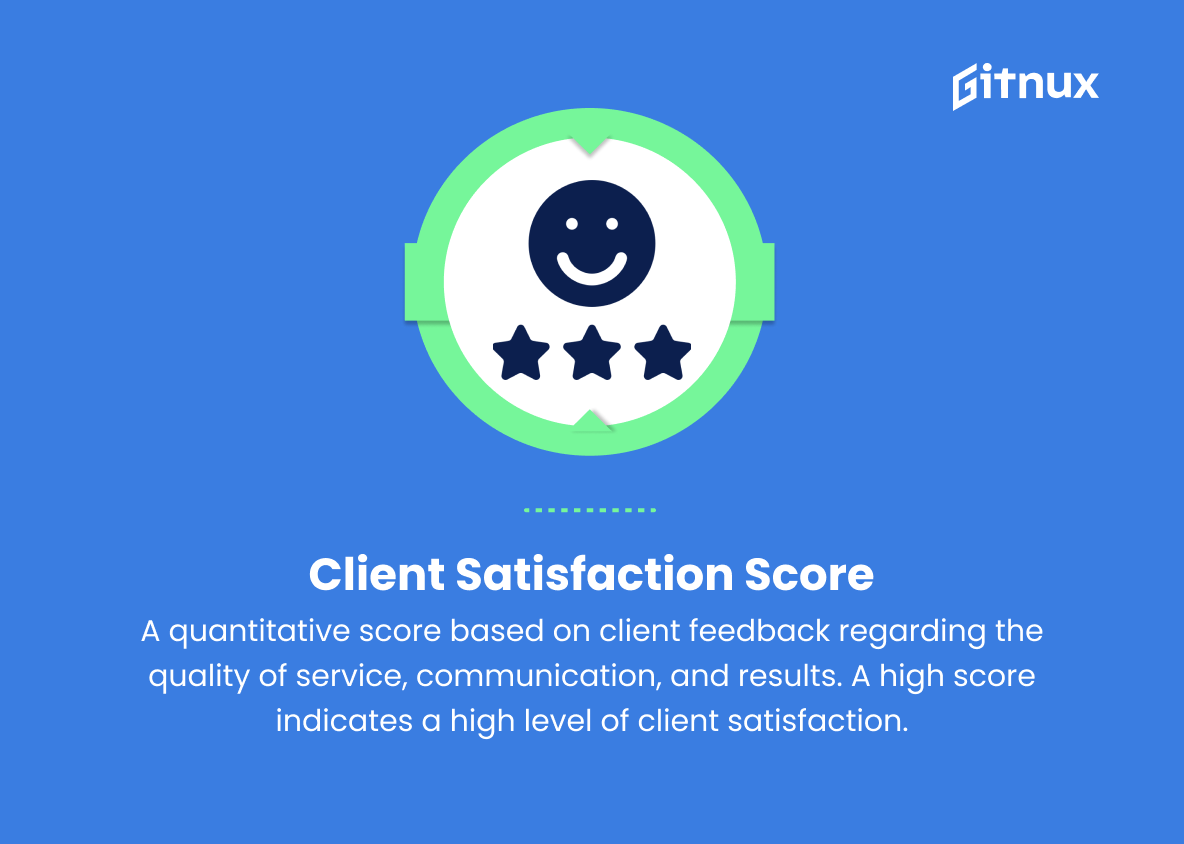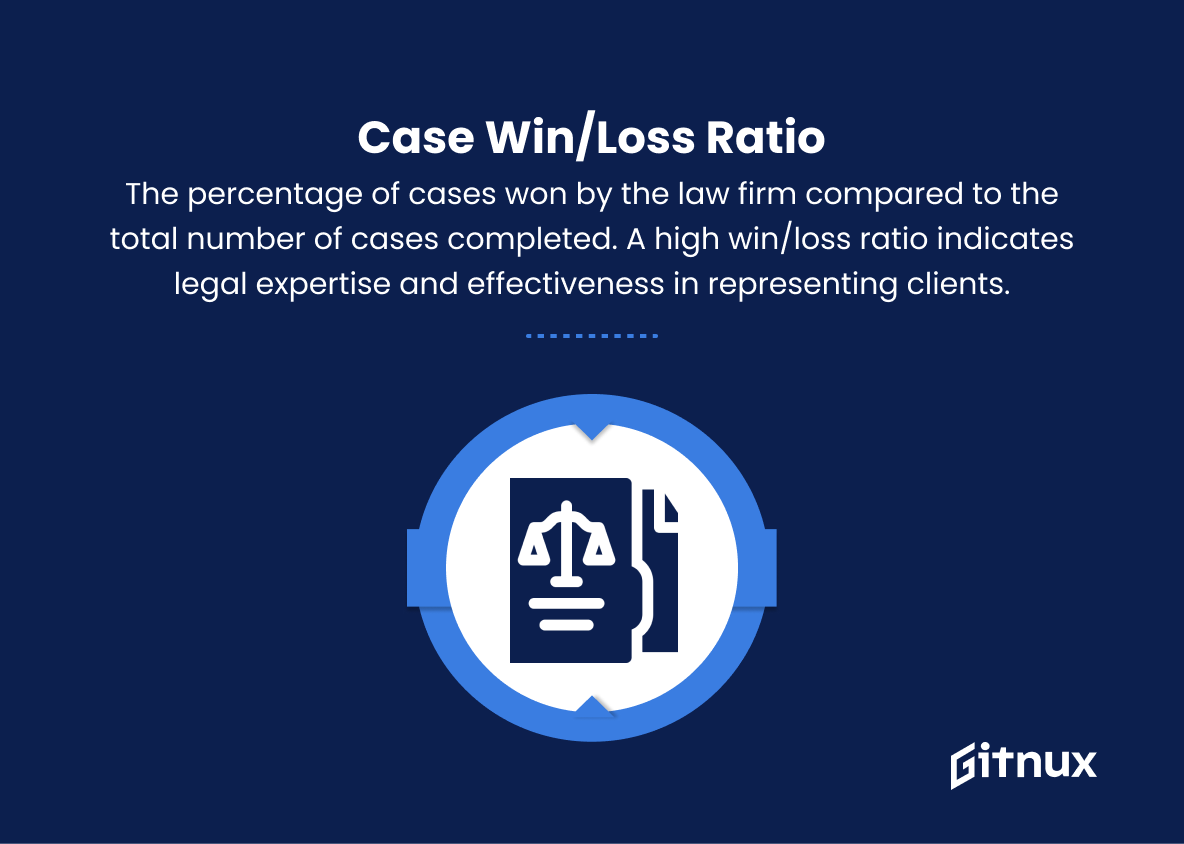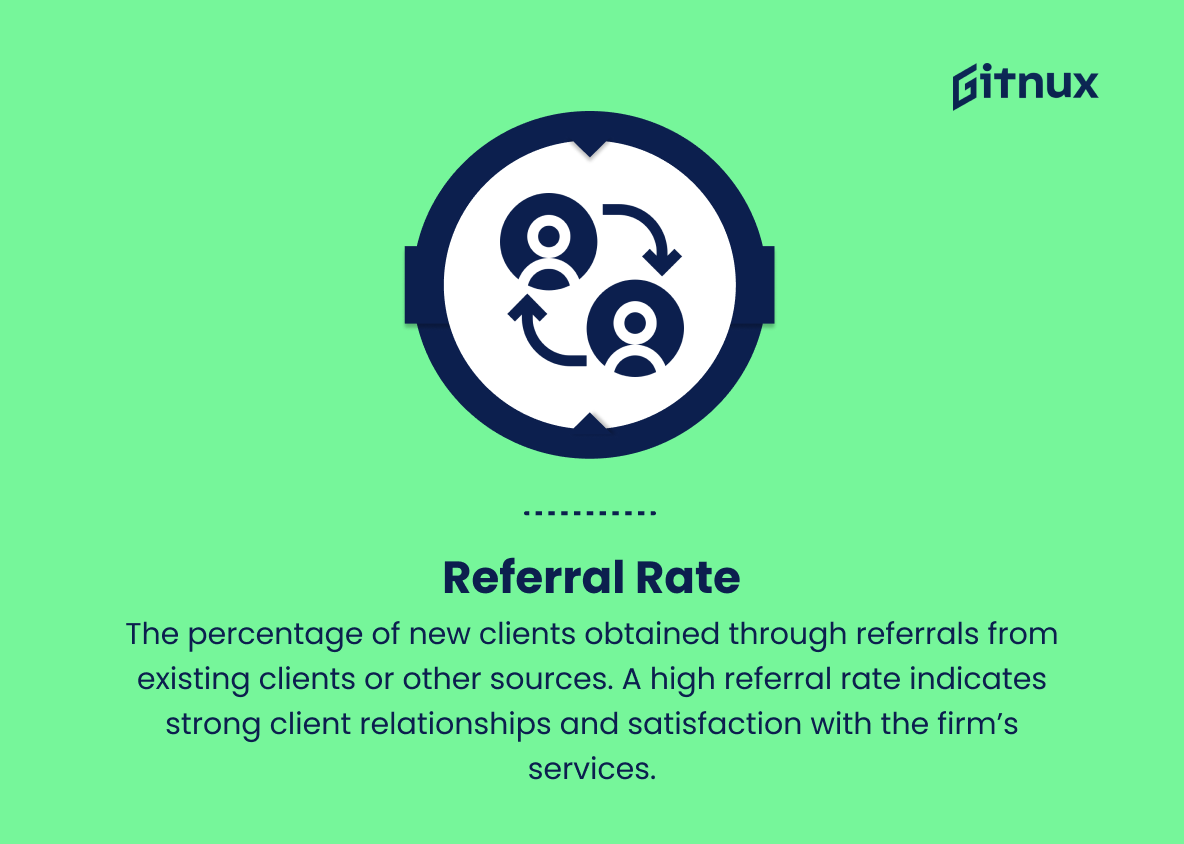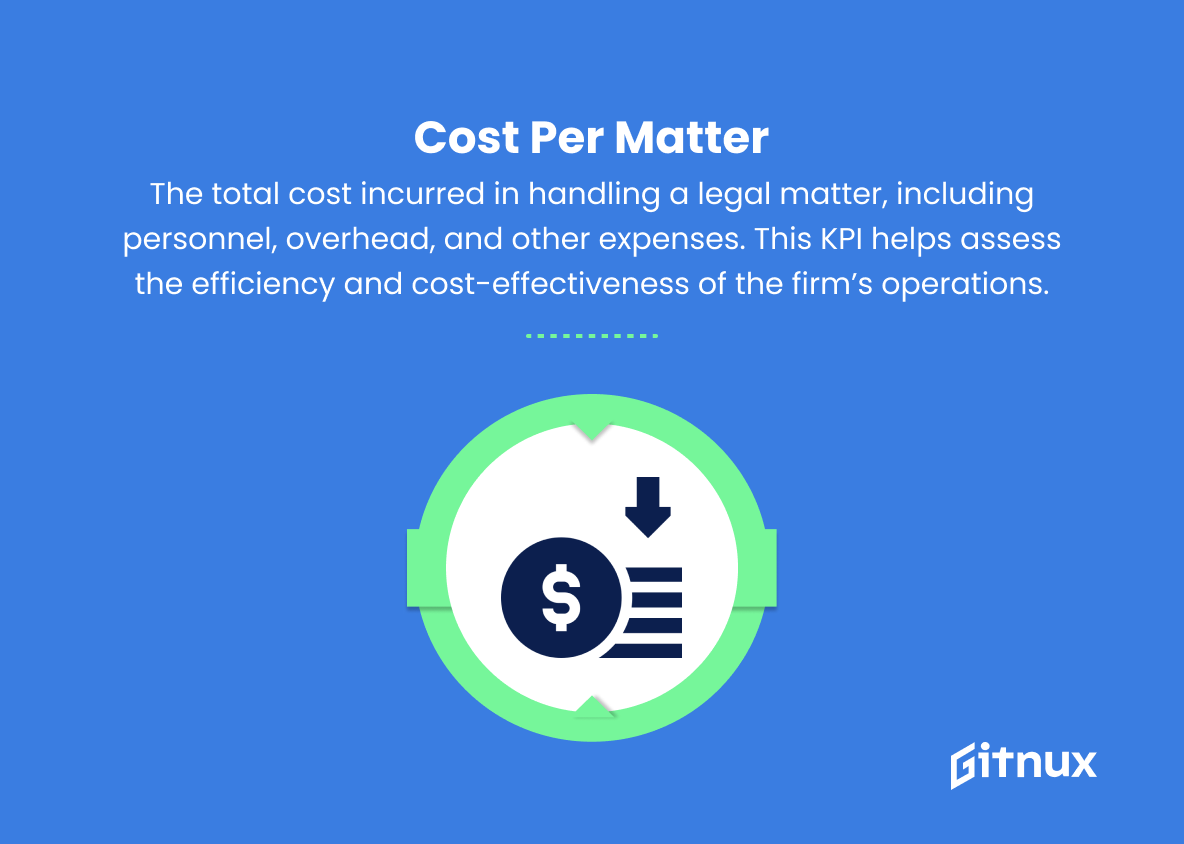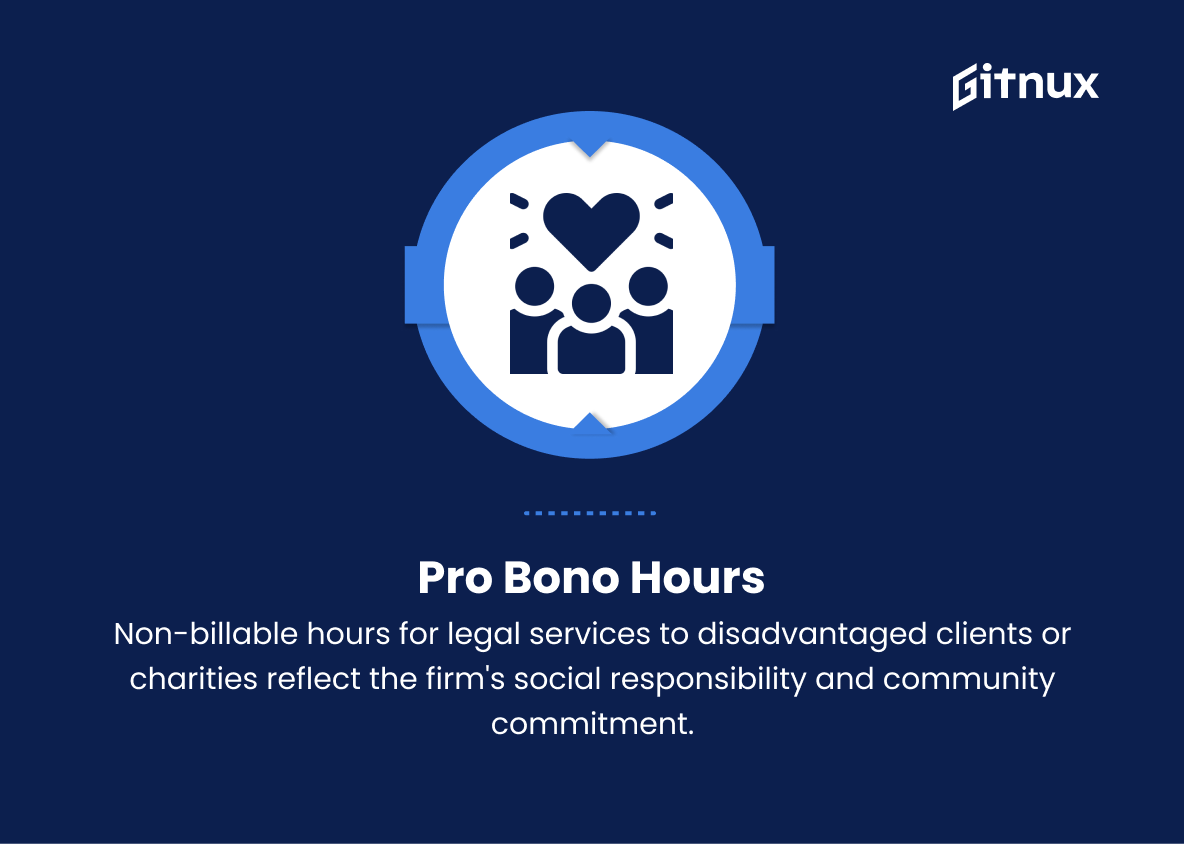In today’s competitive legal landscape, law firms must constantly monitor their performance and make strategic decisions to stay ahead. This is where key performance indicators (KPIs) play a critical role. KPIs are quantifiable measurements that provide valuable insight into a law firm’s efficiency, profitability, and overall success.
In this comprehensive blog post, we will delve into the world of law firm KPIs, exploring their importance, different types, and best practices for implementing and tracking them. By understanding and effectively using KPIs, law firms can optimize their operations, make informed decisions, and ultimately achieve sustainable growth. Whether you are a managing partner, an associate, a paralegal, or anyone else involved in law firm operations, this article will provide you with the knowledge you need to raise your game in the legal arena.
Law Firm KPIs You Should Know
1. New client acquisition
This KPI measures the number of new clients the law firm acquires in a given period. It demonstrates the effectiveness of the firm’s marketing and business development strategies.
2. Client retention rate
The percentage of clients that continue to use the firm’s services over time. A high retention rate indicates strong client relationships and satisfaction with the services provided.
3. Billable hours
The number of hours spent on work that can be directly billed to clients. This KPI is critical for profitability and helps assess the efficiency and productivity of attorneys.
In today’s fiercely competitive legal landscape, law firms must consistently monitor their performance and make strategic decisions to stay ahead.4. Realization rate
It shows the percentage of billed hours that are actually collected as revenue. A high realization rate indicates effective billing and collection practices.
5. Utilization rate
This KPI measures the percentage of a lawyer’s available time that is spent on billable work. A high utilization rate indicates efficient time management and resource allocation.
6. Revenue per lawyer
The total revenue generated by the firm divided by the number of lawyers. This KPI indicates the productivity and profitability of individual attorneys.
7. Average billable hourly rate
The average revenue generated per billable hour. It helps assess the firm’s pricing strategy and competitiveness in the market.
8. Matter cycle time
The average time it takes to resolve a legal matter from start to finish. A shorter cycle time is desirable as it indicates efficiency in handling cases and can lead to higher client satisfaction.
Law firm KPIs are instrumental in assessing a firm’s overall performance, efficiency, and client satisfaction.9. Client satisfaction score
A quantitative score based on client feedback regarding the quality of service, communication, and results. A high score indicates a high level of client satisfaction.
10. Case win/loss ratio
The percentage of cases won by the law firm compared to the total number of cases completed. A high win/loss ratio indicates legal expertise and effectiveness in representing clients.
11. Referral rate
The percentage of new clients obtained through referrals from existing clients or other sources. A high referral rate indicates strong client relationships and satisfaction with the firm’s services.
12. Cost per matter
The total cost incurred in handling a legal matter, including personnel, overhead, and other expenses. This KPI helps assess the efficiency and cost-effectiveness of the firm’s operations.
13. Pro bono hours
The number of non-billable hours spent on providing legal services to financially disadvantaged clients or charitable organizations. These hours demonstrate the firm’s commitment to social responsibility and community engagement.
Law Firm KPIs Explained
Law firm KPIs are critical to assessing a firm’s overall performance, efficiency, and client satisfaction. New client acquisition allows firms to measure the effectiveness of their marketing and business development strategies, while client retention highlights the strength of their client relationships. Billable hours, realization rate and utilization rate focus on attorney productivity and profitability, while revenue per lawyer reveals the contributions of individual attorneys.
Average billable hourly rate helps assess competitiveness and pricing strategy, while matter cycle time shows the firm’s ability to handle cases in a timely manner. Client satisfaction and case win/loss ratios provide insight into the quality of the firm’s legal services, and the referral rate underscores the confidence clients have in the firm’s capabilities.
Cost per matter helps understand operational efficiency, and pro bono hours demonstrate a firm’s commitment to social responsibility and community involvement. Together, these KPIs paint a comprehensive picture of a law firm’s performance, enabling it to make informed decisions and improvements for continued growth and success.
Conclusion
In summary, establishing, monitoring, and analyzing key performance indicators (KPIs) is critical for law firms to succeed in today’s competitive legal landscape. Paying close attention to critical KPIs such as client acquisition costs, win rates, and productivity will ultimately provide your firm with tangible, data-driven insight into its overall health and areas for improvement.
Regularly tracking these metrics will enable your firm to consistently achieve better case outcomes while improving client satisfaction and overall business growth. Remember, the pursuit of performance excellence is an ongoing process for any law firm, and the diligent application of KPIs will play a critical role in helping your firm reach its full potential.

